SpaceX’s fully reusable Starship, powered by Raptor V2 engines could reach orbit as soon as next month, as Elon Musk previously announced.
Get the latest international news and world events from around the world.
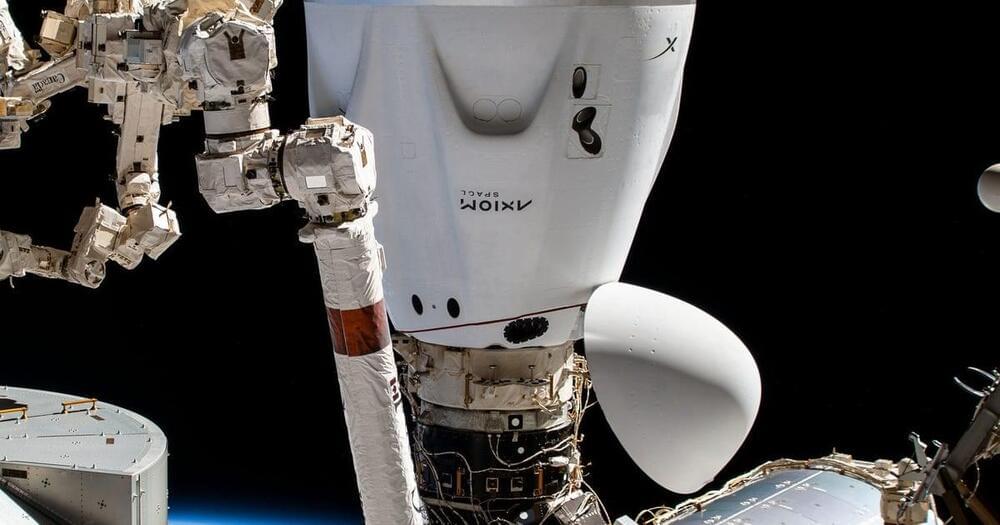
See the ISS, a SpaceX Crew Dragon and a Blazing Meteor Together in One Incredible Video
The Axiom-1 mission — the first fully private crew to visit the International Space Station — splashed down on Earth on board a SpaceX Crew Dragon on April 26. During that return journey, a camera meant to track meteors caught sight of the spacecraft, the ISS and a blazing fireball all at the same time. Wow.
The European Space Agency Operations Twitter account shared the video on Friday, writing, “An incredible sighting: a meteor strikes, burning up in Earth’s atmosphere, passing by four astronauts cocooned in the SpaceX Crew Dragon spacecraft as it departed from the International Space Station on 26 April, bound for home.”
The meteor is pretty clear in the video. It’s the one dragging out like a fiery smudge heading downward. The ISS is the brightest moving dot, above and to the right of the meteor. Crew Dragon is the fainter dot above the streak of light.
New Idea From NASA: Trillions of Floating Balloons To Terraform Venus
Good telescope that I’ve used to learn the basics: https://amzn.to/35r1jAk.
Get a Wonderful Person shirt: https://teespring.com/stores/whatdamath.
Alternatively, PayPal donations can be sent here: http://paypal.me/whatdamath.
Hello and welcome! My name is Anton and in this video, we will talk about new interesting proposition on how to terraform Venus using floating continents.
Links:
https://en.wikipedia.org/wiki/Terraforming_of_Venus.
https://arxiv.org/pdf/2203.06722.pdf.
#venus #terraforming #nasa.
Support this channel on Patreon to help me make this a full time job:
https://www.patreon.com/whatdamath.
Bitcoin/Ethereum to spare? Donate them here to help this channel grow!
bc1qnkl3nk0zt7w0xzrgur9pnkcduj7a3xxllcn7d4
or ETH: 0x60f088B10b03115405d313f964BeA93eF0Bd3DbF
Space Engine is available for free here: http://spaceengine.org.
Enjoy and please subscribe.
Twitter: https://twitter.com/WhatDaMath.
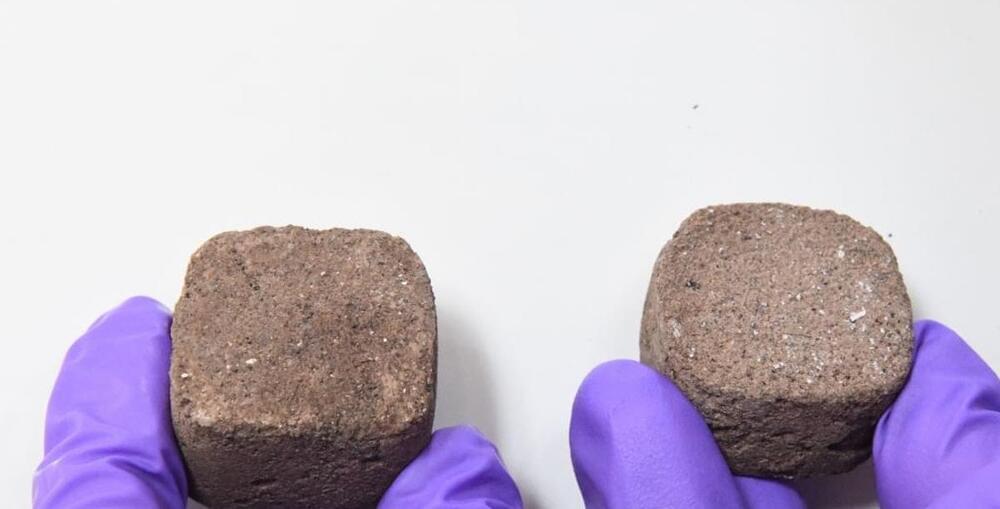
Mars City: Researchers find a way to make “space bricks” with dirt and urine
The second half of Tsiolkovsky’s famous quote refers to not just living on the Earth but relying on it as we venture farther out into the cosmos. Even today, as the International Space Station orbits above at 28,000 kilometers per hour (17,500 miles per hour), those astronauts require constant resupply from the ground to stay alive. Future astronauts on the Moon might only have to wait three days to receive supplies from Earth, but as we move farther out into space, especially to Mars, this reliance will undoubtedly become far more tedious, time-consuming, and costly. Therefore, if humanity is to establish a long-term presence in space, we have to learn to use the on-hand resources we have at our disposal.
A team of researchers from the Indian Institute of Science (IISc), in collaboration with the Indian Space Research Organisation (ISRO), has developed a sustainable method for making bricks out of Martian soil, using bacteria and urea. Mammals, including humans, are the primary producers of urea. Because they secrete urea as the primary nitrogenous waste product, they are called ureotelic animals. Urea serves an important role in the metabolism of nitrogen-containing compounds by animals. These so-called “space bricks” can be used to construct building-like structures on Mars that could facilitate human settlement on the Red Planet.
The method for making these space bricks was published in PLOS One. A slurry is first created by mixing Martian soil (simulant) with guar gum, a bacterium called Sporosarcina pasteurii, urea, and nickel chloride (NiCl2). This slurry can be poured into molds of any desired shape, and over a few days, the bacteria convert the urea into crystals of calcium carbonate. These crystals, along with biopolymers secreted by the microbes, act as the cement holding the soil particles together. An advantage of this method is the reduced porosity of the bricks, which has been a problem with other methods used to consolidate Martian soil into bricks.
Deep Learning in Neuroimaging
Our brain is constantly working to make sense of the world around us and finding patterns in it, even when we are asleep the brain is storing patterns. Making sense of the brain itself, however, has remained an intricate pursuit.
Christoff Koch, a well-known neuroscientist, famously called the human brain the “most complex object in our observable universe” [1]. Aristotle, on the other hand, thought it was the heart that gave rise to consciousness and that the brain functioned as a cooling system both practically and philosophically [2]. Theories of the brain have evolved since then, generally shaped by knowledge gathered over centuries. Historically, to analyze the brain, we had to either extract the brain from deceased people or perform invasive surgery. Progress over the past decades has led to inventions that allow us to study the brain without invasive surgeries. A few examples of imaging techniques that do not require surgery include macroscopic imaging techniques such as functional magnetic resonance imaging (fMRI) or approaches with a high temporal resolution such as electroencephalogy (EEG). Advances in treatments, such as closed-loop electrical stimulation systems, have enabled the treatment of disorders like epilepsy and more recently depression [3, 4]. Existing neuroimaging approaches can produce a considerable amount of data about a very complex organ that we still do not fully understand which has led to an interest in non-linear modeling approaches and algorithms equipped to learn meaningful features.
This article provides an informal introduction to unique aspects of neuroimaging data and how we can leverage these aspects with deep learning algorithms. Specifically, this overview will first explain some common neuroimaging modalities more in-depth and then discuss applications of deep learning in conjunction with some of the unique characteristics of neuroimaging data. These unique characteristics tie into a broader movement in deep learning, namely that data understanding should be a goal in itself to maximize the impact of applied deep learning.

Engineers use artificial intelligence to capture the complexity of breaking waves
Waves break once they swell to a critical height, before cresting and crashing into a spray of droplets and bubbles. These waves can be as large as a surfer’s point break and as small as a gentle ripple rolling to shore. For decades, the dynamics of how and when a wave breaks have been too complex to predict.
Now, MIT engineers have found a new way to model how waves break. The team used machine learning along with data from wave-tank experiments to tweak equations that have traditionally been used to predict wave behavior. Engineers typically rely on such equations to help them design resilient offshore platforms and structures. But until now, the equations have not been able to capture the complexity of breaking waves.
The updated model made more accurate predictions of how and when waves break, the researchers found. For instance, the model estimated a wave’s steepness just before breaking, and its energy and frequency after breaking, more accurately than the conventional wave equations.
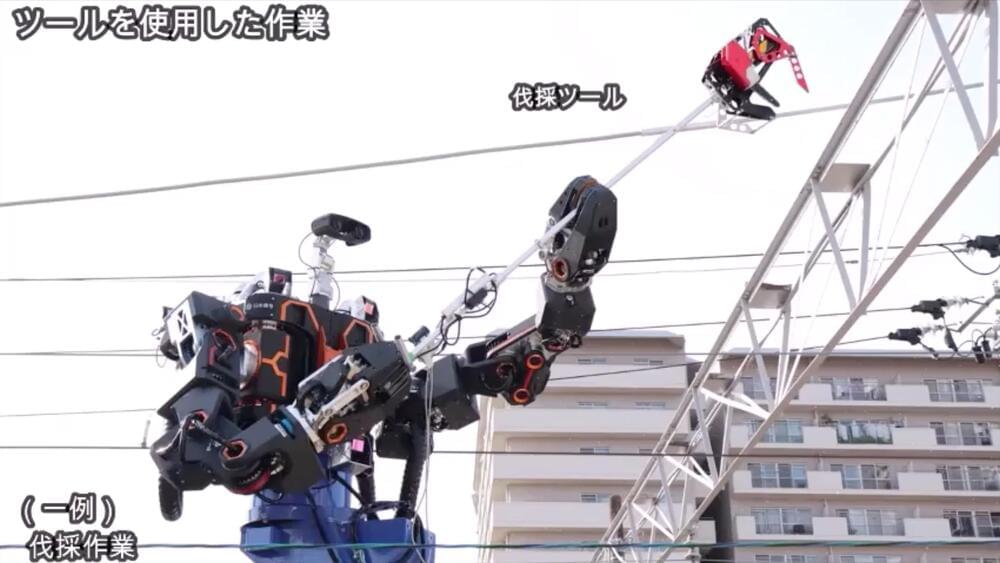
Japanese rail company rolls out VR-piloted Gundam robot worker
The West Japan Rail Company has released video of its new humanoid heavy equipment robot. Mounted on the end of a crane, this gundam-style robot torso mimics the arm and head motions of a human pilot, who sees through the robot’s eyes via VR goggles.
The key objectives here, according to the company, are “to improve productivity and safety,” enabling workers to lift and naturally manipulate heavy equipment around the rail system without exposing them to the risk of electric shocks or falling.
The robot’s large torso is mounted to a hydraulic crane arm, which rides around the rail system on a specially braced rail car, putting down stabilizing legs when it’s time to get to work.
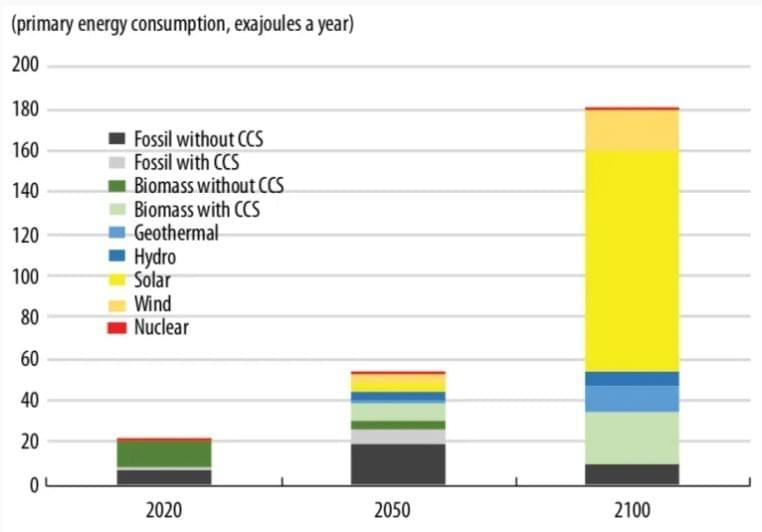

Long-awaited accelerator ready to explore origins of elements
The Facility for Rare Isotope Beams (FRIB) at Michigan State University (MSU) in East Lansing had a budget of $730 million, most of it funded by the US Department of Energy, with a $94.5 million contribution from the state of Michigan. MSU contributed an additional $212 million in various ways, including the land. It replaces an earlier National Science Foundation accelerator, called the National Superconducting Cyclotron Laboratory (NSCL), at the same site. Construction of FRIB started in 2014 and was completed late last year, “five months early and on budget”, says nuclear physicist Bradley Sherrill, who is FRIB’s science director.
For decades, nuclear physicists had been pushing for a facility of its power — one that could produce rare isotopes orders of magnitude faster than is possible with the NSCL and similar accelerators worldwide. The first proposals for such a machine came in the late 1980s, and consensus was reached in the 1990s. “The community was adamant that we need to get a tool like this,” says Witold Nazarewicz, a theoretical nuclear physicist and FRIB’s chief scientist.
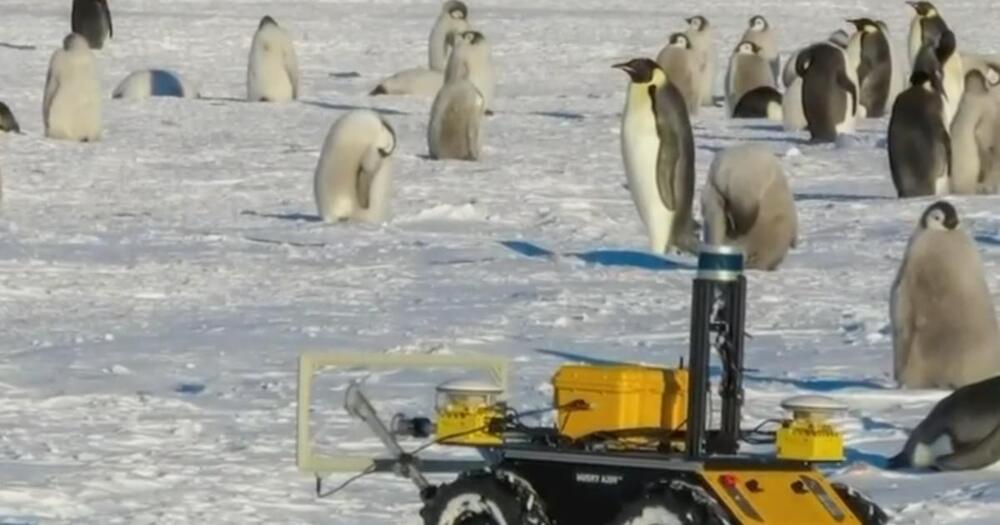
A tiny research robot is living with an Antarctica penguin colony
ECHO, the robot, belongs to the Woods Hole Oceanographic Institution and rolls around the tundra collecting data used to study marine ecosystems.
The small robot takes readings and collects data like a normal researcher, but his existence allows researchers to collect real-time information year round and minimize the impact their presence could have on the animals’ lives.
Researchers say the penguins seem to be getting along swimmingly with the robot.